NAPHAZOLINE/PHENIRAMINE - OPHTHALMIC
PHONETIC PRONUNCIATION: (naf-AZ-oh-leen/fen-IR-a-meen)
COMMON BRAND NAME(S): Naphcon-A, Opcon-A
GENERIC NAME(S): naphazoline HCl/pheniramine maleate
Uses
USES: This medication is used to temporarily relieve eye redness, puffiness, itching, and watering that commonly occur with allergies. Naphazoline is a decongestant. It belongs to a class of drugs known as sympathomimetic amines. It works by temporarily narrowing the blood vessels in the eye. Pheniramine is an antihistamine. It works by blocking certain natural substances (histamines) that cause allergic symptoms. Do not use this medication to treat redness and irritation from wearing contact lenses.
How to use NAPHAZOLINE/PHENIRAMINE - OPHTHALMIC
HOW TO USE: To apply eye drops, wash your hands first. To avoid contamination, do not touch the dropper tip or let it touch your eye or any other surface. Remove contact lenses before applying the eye drops. Wait at least 10 minutes after using this medication before inserting contact lenses. If your eyes are red, ask your doctor whether you should wear your contact lenses. Before using, check this product visually. Do not use if the liquid has changed color or is cloudy. Discard the medication away from children and pets. Use this medication in the affected eye(s) up to 4 times a day as needed or as directed by your doctor. Tilt your head back, look upward, and pull down the lower eyelid to make a pouch. Hold the dropper directly over the eye and place 1 drop into the pouch. Look downward and gently close your eyes for 1 to 2 minutes. Place one finger at the corner of the eye near the nose and apply gentle pressure. This will prevent the medication from draining away from the eye. Try not to blink and do not rub the eye. Repeat these steps if your dose is for more than 1 drop and for the other eye if so directed. Do not rinse the dropper. Replace the dropper cap tightly after each use. If you are using another kind of eye medication (e.g., drops or ointments), wait at least 5 minutes before applying other medications. Use eye drops before eye ointments to allow the drops to enter the eye. Overuse of this type of medication may result in increased eye redness (rebound effect when drug wears off). If this occurs, tell your doctor. Do not use this medication for longer than 3 to 4 days at a time. If your condition persists or worsens after 72 hours, or if you think you may have a serious medical problem, stop using this medication and seek immediate medical attention.
Side Effects
Precautions
Interactions
Overdose
Images
Reviews
Disclaimer
IMPORTANT: HOW TO USE THIS INFORMATION: This is a summary and does NOT have all possible information about this product. This information does not assure that this product is safe, effective, or appropriate for you. This information is not individual medical advice and does not substitute for the advice of your health care professional. Always ask your health care professional for complete information about this product and your specific health needs.
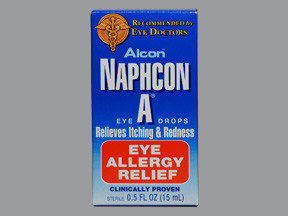
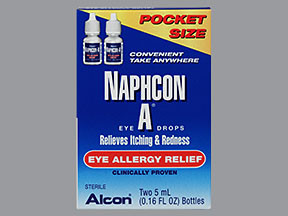
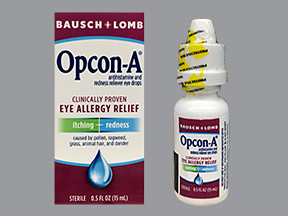
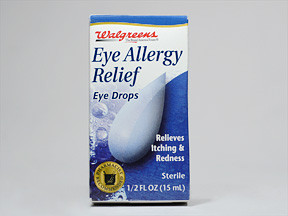
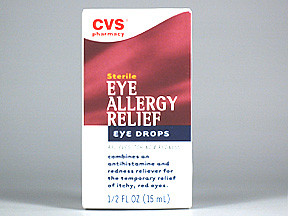
No Reviews Yet